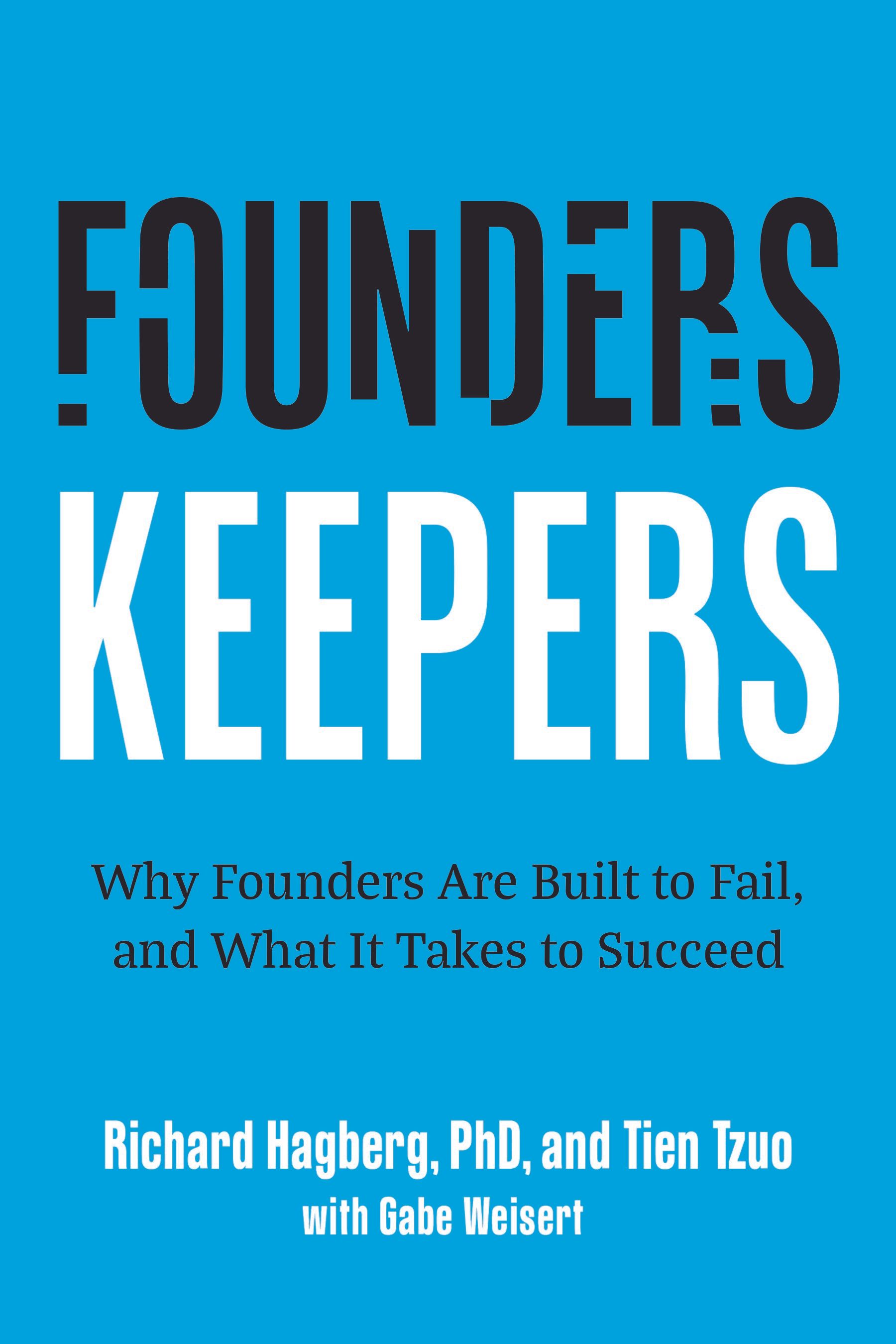Article
Virtual Chaos: How to Stop Dysfunctional Behavior in Remote Meetings
Don’t Let Dysfunction Destroy Your Remote Meetings

Welcome to the New Battlefield—Your Remote Meeting
Your team may be scattered across different time zones, sitting in their home offices, but the battleground for productivity remains the same: your virtual meeting room. Unlike the physical office, where you can catch subtle cues and pull someone aside for a quick chat, remote meetings come with their own set of unique challenges. And when dysfunction strikes in this digital environment, the impact is amplified. If you’re noticing more tension, disengagement, or outright chaos in your remote meetings, it’s time to take action—before your team’s potential is completely derailed.
The Hidden Dangers of Disconnection—Why Remote Teams Struggle
Remote work has its perks—flexibility, no commute, the comfort of home—but it also comes with significant risks, particularly when it comes to team cohesion. When team members are miles apart, the sense of connection that naturally forms in an office can quickly deteriorate. This disconnection doesn’t just make meetings awkward; it lays the groundwork for dysfunctional behavior.
In remote meetings, the lack of physical presence makes it easier for participants to disengage, misunderstand each other, or hide behind technology to avoid confrontation. Miscommunication becomes rampant, and small issues that could have been resolved with a quick in-person conversation snowball into major conflicts. Before you know it, your meetings have devolved into unproductive sessions where dysfunction is the norm.
Dysfunction in the Digital Age—The New Rules of Engagement
The first step in combating dysfunctional behavior in remote meetings is to establish clear rules of engagement tailored to the virtual environment. Traditional meeting norms don’t always translate well to video calls, where technical issues, time delays, and the lack of non-verbal cues can lead to frustration and confusion.
- Set Clear Expectations: Remote meetings require even more structure than in-person ones. Distribute a detailed agenda in advance, and make sure everyone knows what’s expected of them. Clarify who should speak and when, and establish norms for muting microphones, using the chat function, and sharing screens.
- Cameras On, Distractions Off: In a virtual setting, it’s easy to hide behind a turned-off camera and multitask. To foster accountability and engagement, make it a rule that cameras should be on unless there’s a good reason otherwise. This helps recreate some of the social pressure of an in-person meeting, making it harder for participants to tune out.
- Facilitate Active Participation: Without the natural flow of in-person conversation, it’s easy for remote meetings to be dominated by one or two voices. Use features like the “raise hand” button, or go around the virtual room to ensure everyone has a chance to contribute. Encourage quieter members to speak up and actively manage any over-talking.
The Digital Disruptors—Common Dysfunctional Behaviors in Remote Meetings
Dysfunctional behaviors that were once subtle in in-person meetings can become glaringly obvious in a remote setting. Here’s how to identify and address them:
- The Invisible Participant: This is the person who shows up to the meeting but contributes nothing. They might be dealing with distractions, or they might simply be disengaged. To counter this, directly ask for their input or assign specific roles or tasks during the meeting. This encourages them to stay engaged and participate actively.
- The Over-Talker: In remote meetings, some people may feel the need to dominate the conversation, perhaps to compensate for the lack of physical presence. This can stifle others and lead to frustration. To manage this, set time limits for individual contributions, and rotate speaking opportunities to ensure balanced participation.
- The Technical Blamer: Some participants might frequently blame technical issues—like a bad connection or audio problems—for their lack of engagement. While technical difficulties are real, they can also become a convenient excuse for disengagement. Encourage participants to test their equipment before meetings and have a backup plan in place, like dial-in options, to mitigate these issues.
- The Side-Chatter: Private chats during a meeting can create silos and exclude others from important conversations. To prevent this, set a rule that all relevant discussions should happen in the main chat or aloud. This keeps the conversation transparent and inclusive.
Bringing Focus Back—How to Refocus a Derailing Remote Meeting
Even with the best-laid plans, remote meetings can sometimes go off the rails. Here’s how to get things back on track:
- Refocus the Agenda: If the conversation strays off-topic, gently steer it back to the agenda. You can say something like, “This is an important point, but let’s park it for now and come back to it if we have time at the end.”
- Address Conflict Directly: If tensions are rising or disagreements are becoming personal, don’t ignore it. Address the conflict head-on by acknowledging the differing opinions and suggesting a way forward. For example, you might say, “It seems like we have different perspectives on this. Let’s take a moment to hear both sides and then decide how to proceed.”
- Use Breakout Rooms: If the meeting is too large or the discussion is getting unwieldy, use breakout rooms to divide participants into smaller groups. This can make the conversation more manageable and give everyone a chance to speak.
The Long-Term Fix—Building a Culture of Accountability in Remote Teams
Stopping dysfunctional behavior in remote meetings isn’t just about quick fixes; it requires building a culture of accountability and engagement over the long term. Here’s how:
- Regular Check-Ins: Schedule regular one-on-one check-ins with team members to address any concerns or frustrations before they spill over into meetings. These conversations can help you identify and address issues early.
- Feedback Loops: Create a culture where feedback is both given and received regularly. After meetings, solicit feedback on what went well and what could be improved. Use this input to adjust your approach to future meetings.
- Celebrate Successes: Don’t forget to acknowledge and celebrate when things go right. Whether it’s a successful meeting or a particularly productive discussion, recognizing these moments can reinforce positive behavior and encourage more of the same.
Conclusion: Don’t Let Dysfunction Destroy Your Remote Meetings
Remote work is here to stay, and with it, the challenges of running effective virtual meetings. Dysfunctional behavior in these settings can quickly derail productivity, undermine team cohesion, and lead to frustration all around. But by setting clear expectations, fostering active participation, and addressing issues head-on, you can stop dysfunction before it takes hold.
Remember, your remote meetings are a reflection of your team’s overall health. By taking steps to ensure they run smoothly, you’re not just preventing dysfunction—you’re setting your team up for long-term success in a digital world.
Don’t let virtual chaos take over; take control of your meetings and watch your team thrive.
share this
Related Articles
Related Articles





